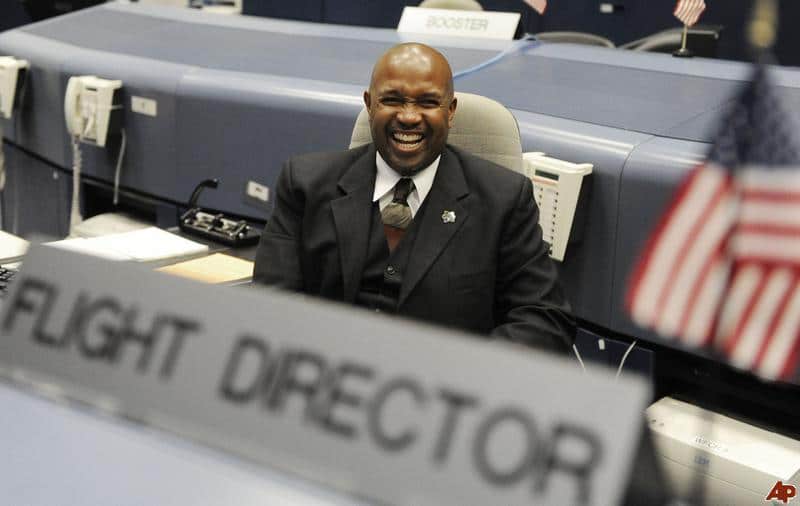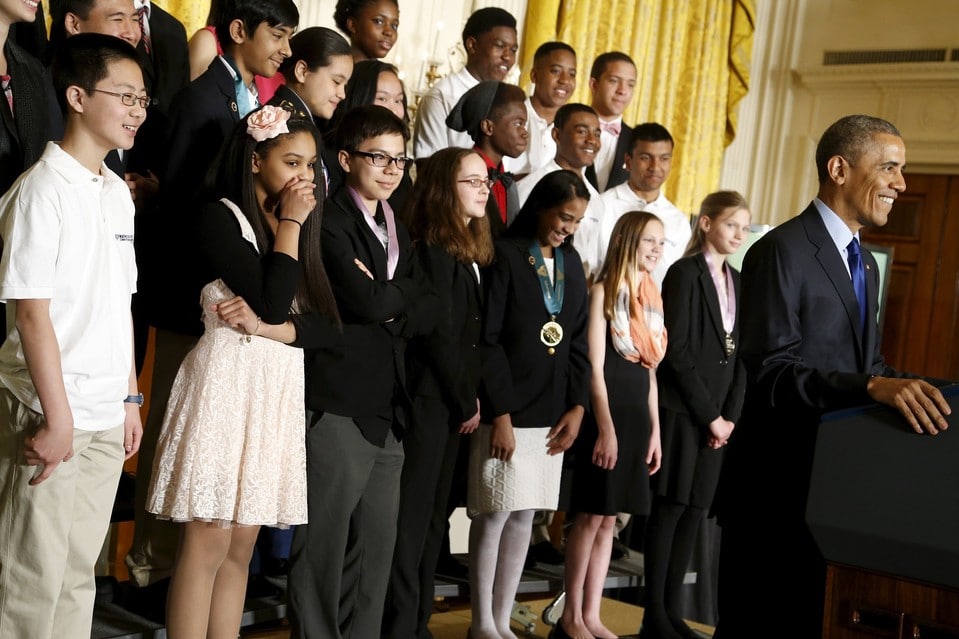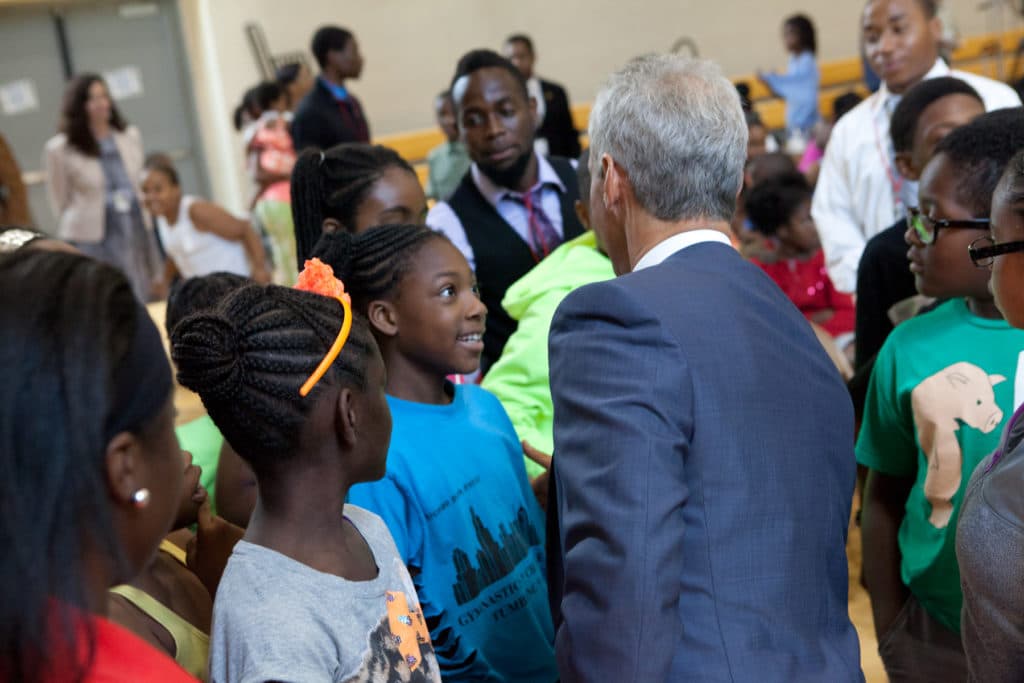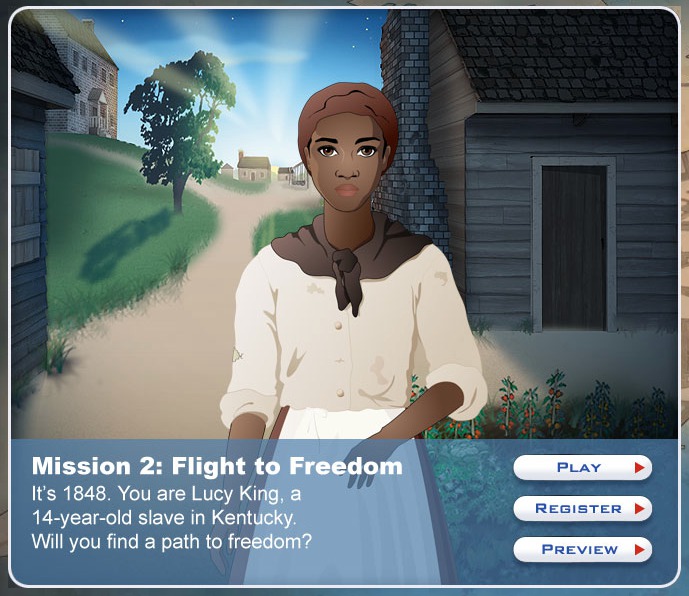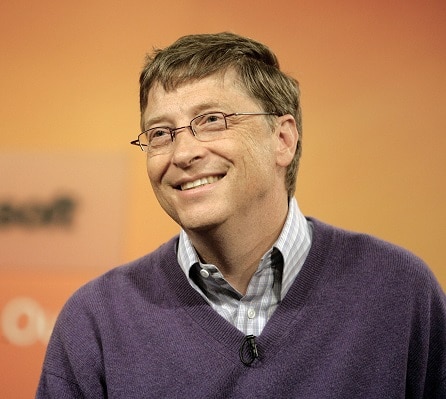Educators are in the midst of a debate over a digital simulation game that attempts to recreate a life of slavery for students. While supporters of the simulation insist it is an innovative way to educate students about slavery, critics say the simulation is an insensitive and misleading portrayal of slavery that will not actually help advance conversations about race and improve students’ understanding of America’s dark history.
Lately, more innovative and technology-driven tech tools have been welcomed into classrooms in order to make learning more interactive for students.
This means it is far from unusual to see students diving into video games and digital simulations that have historical contexts or serve a variety of different educational purposes.
What is more unusual, however, is to realize that students are playing a simulation that forces them to take on the role of a 14-year-old enslaved Black girl by the name of Lucy King.
While it seems like an unusual technical aid for the classroom, the Mission US: Flight to Freedom game is already an award-winning, publicly funded educational tool.
Middle school students log on to the game and are given a series of challenges and “missions” that would ultimately help guide them on their journey as they attempt to escape from a Kentucky plantation.
Some argue that the free, Web-based game is a great way to get kids engaged in learning about slavery, while others believe the game is a serious misstep.
One K-12 instructional technology specialist, Rafranz Davis, is now leading a social media campaign to get the game pulled from schools.
Davis argues that it is impossible to get students to really understand the atrocities of slavery through a video game and, even if it was, she isn’t sure that that would be the type of experience children need to learn about through realistic simulations.
“I don’t know that you can really channel the rape, murder, and mutilation of slavery into a game,” Davis said, according to Education Week. “I’m not against gaming. I’m against the way this was done.”
So far, close to 1 million students have already been registered to play the game, according to WNET, the New York City public-television station that produces and distributes the online game.
Common Sense Media’s own review of the game warned educators and parents that the game was a “realistic depiction” of slavery and forced children to “make difficult decisions” that could be very “intense” for the child.
“Parents need to know that Mission US: Flight to Freedom is an age-appropriate, but realistic depiction of life for an African American teenage girl living in the pre-Civil War period,” the review read. “Kids will experience what it’s like to be ordered around by a master, leave family behind to run for freedom, and have to make difficult decisions. Some children might find the game experience to be intense.”
The review added that there is “emotional trauma” throughout the game’s story.
The review has since been removed in the midst of the current debate and backlash online.
That type of review, however, is exactly why Davis believes the game isn’t right for an educational setting and shouldn’t be in the hands of young people.
“I felt the pit of my stomach drop,” Davis said as she recalled reading about the game for the first time. “The idea of putting children in that place, thinking of my children. … I just said: ‘This is where I draw the line. This is not OK.’ ”
Other educators actually believe the game is headed in the right direction.
Director of the Africana studies department at Lehigh University in Pennsylvania, James Braxton Peterson, said he supports the idea of using new technology to education children about slavery.
“We’re already teaching slavery in a way that’s inaccurate, insensitive, and ahistorical,” he told Education Week. “I’m actually in favor of a more sophisticated, enhanced version of this game.”
Educators like Peterson believe that the emotional journey for children could be a good thing and force them to truly understand what it was like for Black people to be enslaved and, in some cases, leave their families behind in order to obtain freedom.
WNET also pointed out that the content of the game was developed by a team of historians from the American Social History Project/Center for Media and Learning at the City University of New York Graduate Center.
 Americans of all shades are not very good in STEM (science, technology, engineering and mathematics) subjects.
Americans of all shades are not very good in STEM (science, technology, engineering and mathematics) subjects. 








